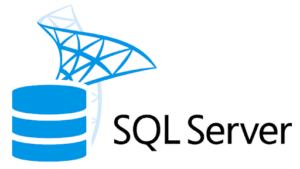Data modeling relates to the application of certain methodologies and techniques on the data for converting it into a form that is not only meaningful but also easier to comprehend. In other words, it is used to convert intricate software design into a more straightforward format.
Benefits of Data Modeling
- Integrate data from various sources that may not communicate well with each other.
- Use free data modeling tools for creating big data so that information is easy to access.
- Know your business by trying out graphic descriptions of complex concepts.
List of Data Modeling Tools:
1. RapidMiner
Pros
- It has a flow-based programming approach that allows the visualization of pipelines.
- It contains modules for machine learning, statistical analysis, etc.
- No coding is required.
- Easy to set up.
Cons
- Costly.
- ‘No coding’ sometimes creates challenges for the users.
2. MapBusinessOnline
Pros
- It optimizes the information for sales.
- An essential tool for analyzing the real impact.
- Easy to use.
Cons
- Navigation around the maps is a bit messy.
- Mapping curves creates issues.
3. Vertabelo
Pros
- Innovative and flexible.
- Amazing UI and easy-to-use features.
Cons
- Performance issues sometimes cause glitches.
- Costly.
4. Lucidchart
Pros
- It provides convenience in a traditional flowchart system.
- Overall performance is amazing.
- Great visual features.
Cons
- Users can face issues while finding the documents into many elements.
- The saving and storing system is a bit messy and, thus, creates challenges for the user.
- A little issue can cause a huge error. Sharing option should be improved.
5. SQL Database Modeler
Pros
- Features Many varieties of the database.
- Fast for:
- Searching and querying of data.
- Recovering data from multiple tables.
- Can manage large numbers of transactions.
Cons
- Can be hard to turn data from objects into database tables.
- Vertically scalable.
- Loss of partition tolerance.
Conclusion
Currently, there are various data modeling tools available that can help you to gain meaningful insights from huge proportions of data.
What is your take on the article? Did it help you or is something wrong mentioned here? Drop your opinions in the comments section below.









Top comments (0)